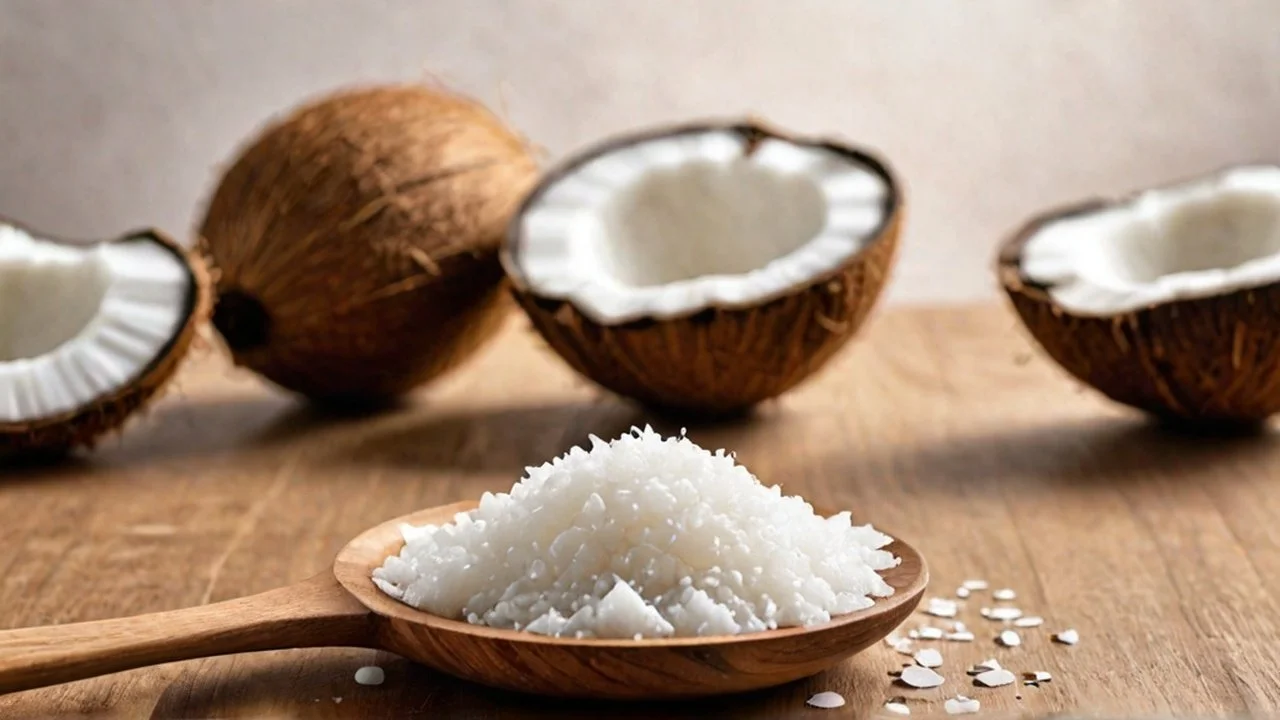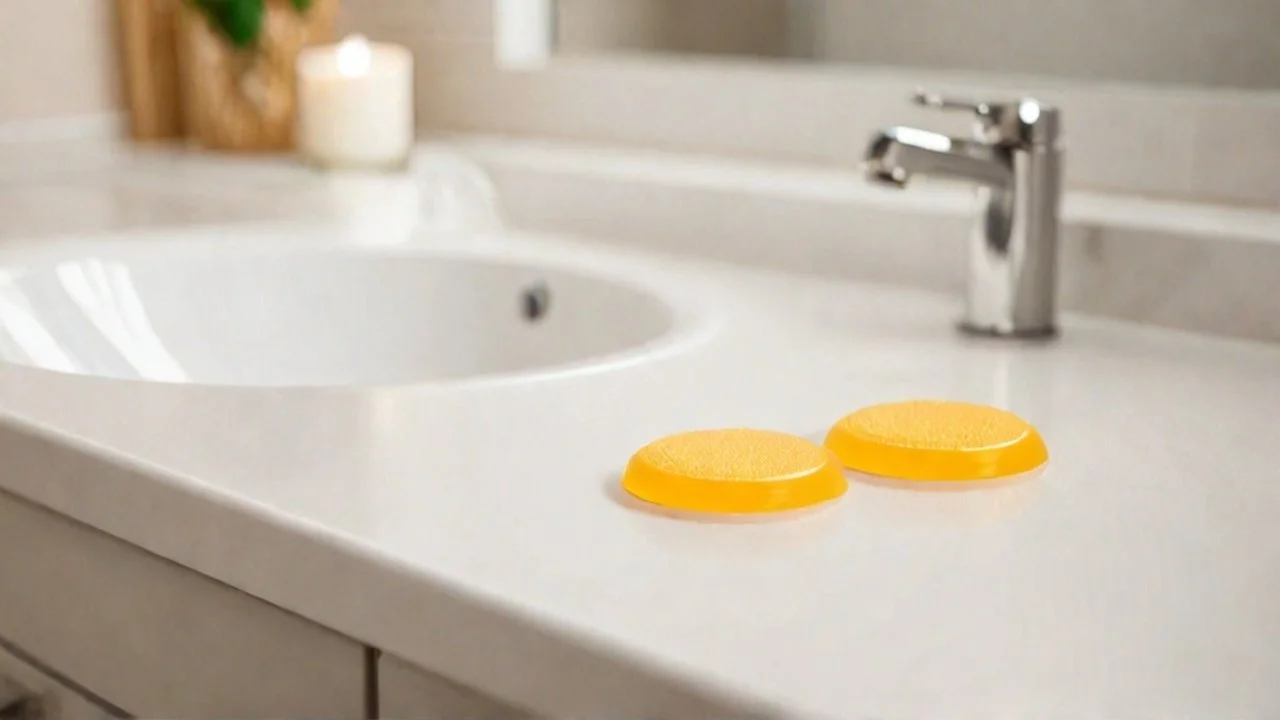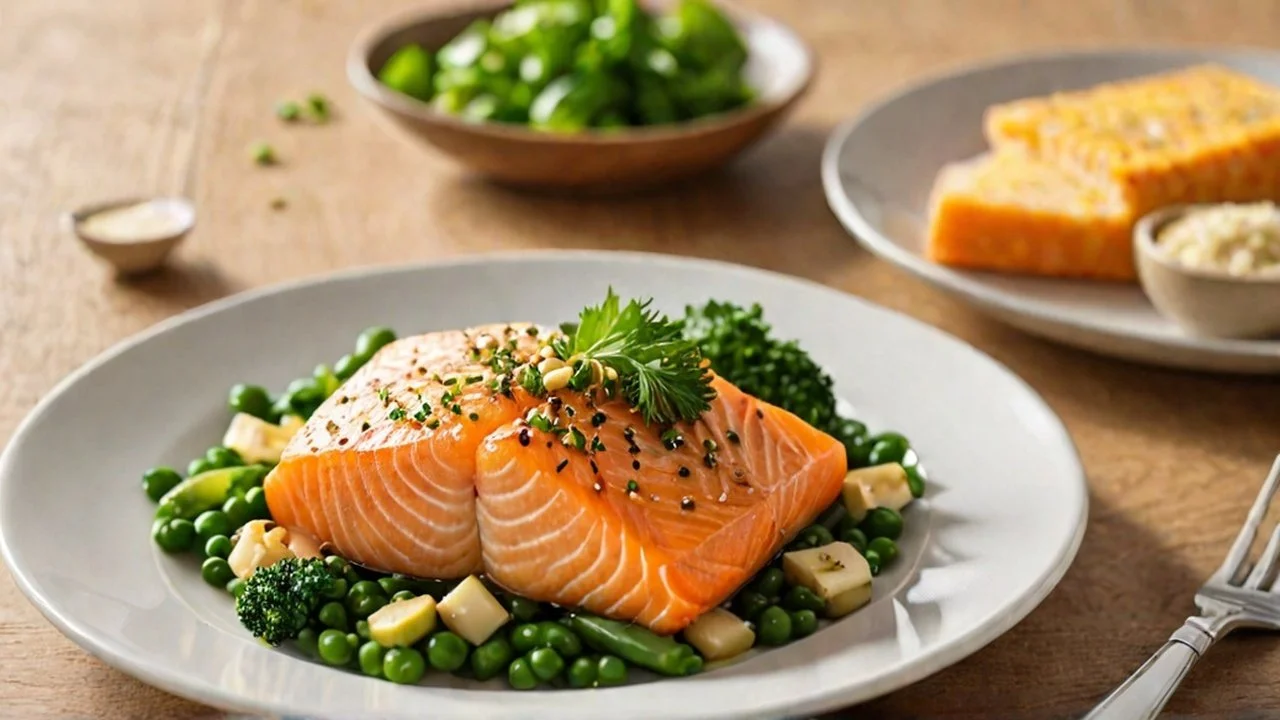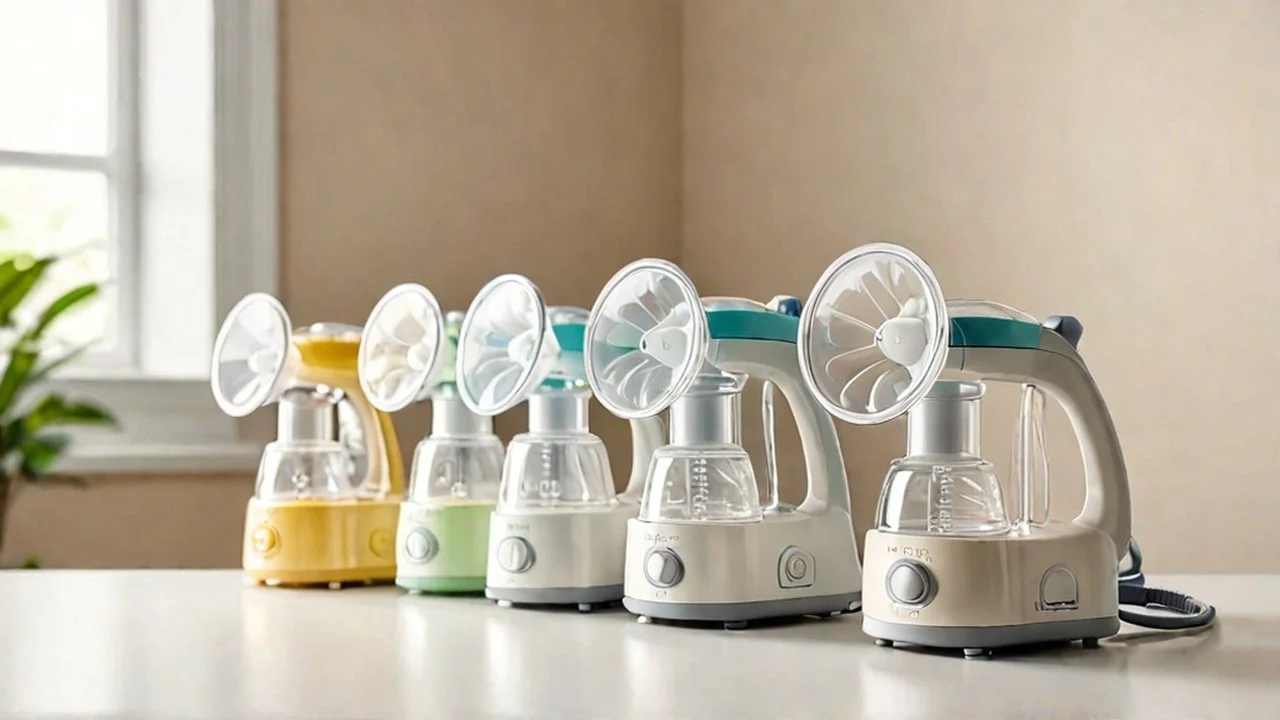Humorous Breastfeeding Advice For New MOTHERS
Bonus: FREE!!! Detailed Step by Step Guide included at the end of the article for you to download.
The Breastfeeding Buddy:
Supportive, humorous breastfeeding advice for new mothers.
Welcome, new mom or soon-to-be breastfeeding expert! Grab your cape, because you’re about to unlock the superhero power of breastfeeding. Sure, it comes with some unexpected plot twists—think leaky faucets, midnight milkshake marathons, and a baby with a stronger suction than your vacuum—but you've got this!
Between the joy of bonding and the ability to calm your little one faster than a pacifier, there are perks—though let’s not forget the “fun” stuff, like nursing in awkward places or realizing your shirt is now a bib. But hey, it’s all part of the ride! Let’s dive into the benefits, challenges, and those laugh-out-loud moments that only breastfeeding moms will understand.
The Benefits of Breastfeeding (and How to Survive It)
Let’s be real, breastfeeding can sometimes feel like trying to tame a wild animal—your tiny baby! But hang in there; it’s worth it. Breastfeeding has numerous benefits for both you and your baby, and with a bit of patience (and a lot of nipple cream), you'll get the hang of it.
The Benefits of Breastfeeding
For your baby, breastfeeding isn’t just a meal; it’s like a five-star buffet loaded with everything they need. Breast milk is packed with nutrients, antibodies, and fatty acids, boosting your baby’s immune system, and brain development. Plus, it’s much easier for your baby to digest than formula.
For you? Let’s talk perks. Breastfeeding can help reduce the risk of certain cancers (like breast and ovarian), and it burns extra calories (hello, post-baby weight loss). It also encourages a strong bond with your baby—because nothing says love like being their personal milk machine. Best Hands free breast pumps.
Getting Your Baby to Latch Properly (The Real Challenge)
Let’s face it—getting a proper latch feels like trying to land a plane on a postage stamp. But it’s crucial! A good latch prevents nipple soreness and helps your baby get all the milk they need.
Here’s the trick:
Position: Make sure you’re both comfortable. Hold your baby tummy to tummy, nose to nipple. (Think of it like trying to get them to look for food in the right direction.)
Open wide: When baby opens their mouth wide—like they’re about to yawn—quickly bring them to your breast.
Check the latch: Their mouth should cover not just the nipple but also part of the areola. Think: more burger, less bun.
If your baby’s lips are flanged out and their cheeks are puffing, you’ve done it! Congratulations, you’re officially a human pacifier!
Nipple Soreness: Ouch, Help!
Breastfeeding may be natural, but sore nipples are very real, especially in the early days. The good news is, it doesn’t last forever (promise!), and there are ways to make it easier.
Nipple Cream: Lanolin cream is your new best friend. Slather it on to soothe and protect. Or, try coconut oil for a natural, fragrance-free alternative.
Breast Milk: Yup, the milk itself. It has healing properties, so express a few drops and rub it on your nipples after feeding.
Cooling Gel Pads: These are lifesavers—pop them in your bra between feedings for some cooling relief.
Proper Latch: (Yes, again!) One of the best ways to avoid soreness is ensuring a good latch. If it hurts, stop and reposition!
Natural Products to Use
For those who prefer a more natural approach, there are fantastic alternatives to store-bought creams and pads:
Coconut oil: Known for its antimicrobial properties, it’s a great natural soother.
Calendula ointment: It’s gentle and known for helping with skin irritation and healing.
Gel pads: Reusable hydrogel pads can give sore nipples a rest between feedings.
Breast Shells: These keep your nipples from rubbing against your clothes, which can be a huge relief.
Also, consider tea with fenugreek or oat-based lactation cookies to help boost your milk supply naturally.
MORE Natural Remedies for Breast Engorgement
Cold Compresses: Applying cold cabbage leaves (yes, cabbage!) has been shown to reduce swelling and engorgement. Simply chill the leaves, place them on your breasts for 20 minutes, and replace as needed.
Cold Therapy: Using ice packs wrapped in cloth for 10–15 minutes can also help reduce swelling.
Warm Compresses Before Feeding: A warm washcloth or heating pad can help soften the breast and ease milk flow before a feeding.
Frequent Nursing: Ensure you feed your baby often or express milk to reduce fullness. Aim for feeding every 2-3 hours to prevent the breasts from becoming overly engorged.
Massage: Gentle breast massage toward the nipple while feeding can also help milk flow and relieve pressure.
Natural Remedies for Cracked Nipples
Breast Milk: Applying a few drops of expressed breast milk to sore nipples after each feed can help due to its natural healing properties.
Coconut Oil: It's antimicrobial and moisturizing, helping soothe and heal dry, cracked skin.
Aloe Vera Gel: Known for its healing properties, a small dab of pure aloe vera gel can be applied and left to dry between feedings. Be sure to rinse it off before feeding.
Nipple Shields: These can give your nipples a break while still allowing your baby to feed.
Epsom Salt Soak: A mild Epsom salt soak (1-2 tablespoons of Epsom salt dissolved in warm water) for 10 minutes can help with sore nipples and promote healing.
Diet to Boost Milk Supply Naturally
Oats: Rich in iron, oats are a well-known galactagogue (milk-boosting food) that can increase milk production.
Fenugreek: An herb that has been shown to help increase milk supply. It can be taken as a supplement or consumed as tea.
Fennel Seeds: These can be used to make a tea that supports milk flow. Fennel is also great for soothing digestion for both mom and baby.
Leafy Greens: Spinach, kale, and other greens are packed with nutrients like calcium and iron, which support milk production and overall health.
Nuts and Seeds: Almonds, flaxseeds, and chia seeds are rich in healthy fats and omega-3s, which are important for maintaining breast milk quality.
Hydration: Staying hydrated is key! Aim for at least 8–10 glasses of water per day, and consider herbal lactation teas like fennel, fenugreek, and blessed thistle.
Keep Going! You’ve Got This!
Breastfeeding is a learning curve, and some days might feel like it’s all uphill. But take a deep breath, laugh at the chaos, and remember—your body is doing something incredible. When things get tough, reach out! Lactation consultants are amazing, and there’s no shame in asking for help. Some great guides and resources include:
La Leche League International: Known worldwide, they offer tons of support for breastfeeding moms.
KellyMom.com: A fantastic resource for all things breastfeeding, pumping, and baby care.
IBCLC Consultants: Look for an International Board Certified Lactation Consultant (IBCLC) in your area—they’re the breastfeeding experts.
In the meantime, try to enjoy the little moments (even when it feels like your baby is constantly attached to you), and keep going! You're doing great, mama!
FREE!! BONUS STEP BY STEP GUIDE TO BRESTFEEDING SUCCESS!!
Ultimate Breastfeeding Guide for New Moms: Surviving the Boob Life
(Because if babies came with manuals, we wouldn’t need coffee.)
Welcome, new moms! You’ve entered the wild, wonderful world of breastfeeding. You’ll hear people say, “It’s natural, it’s magical.” But let’s be real. At 3 a.m. when you're sleep-deprived, and your nipples are plotting a rebellion, it’s anything but magical. So here’s your no-nonsense, slightly humorous guide to the boob life. You got this, mama!
Step 1: The Breastfeeding Set-Up – Get Comfy!
Before we get into latching and technical stuff, let’s talk about comfort. You’re about to be feeding around the clock like an open-all-night diner, so let’s set the scene:
Create Your Feeding Zone
Find a cozy spot with good back support. You’ll be spending hours here, so set it up like a pro:A comfy chair or bed
A million pillows (Okay, maybe three or four to support your arms, back, and baby.)
Snacks, water, and phone charger
Burp cloths (because spit-up is the new accessory)
Positions for Feeding
Cradle hold: Best Swaddler. The OG of breastfeeding holds. Baby’s head rests in your elbow, tummy to tummy.
Football hold: Not just for touchdowns! Tuck your baby under your arm, like, you know, a football. Great for C-section moms.
Side-lying: Perfect for late-night sessions when you’re half asleep. Just lie down with baby facing you.
Step 2: Latch Like a Pro (or at Least Try To)
Getting a good latch is key to pain-free feeding and preventing colic. Here’s how to get your baby on board (literally):
Line It Up
Baby’s nose should line up with your nipple—yes, not their mouth, their nose! It helps them open wide like a baby bird.Wait for the Big Mouth
When your baby opens wide (and I mean wide), gently guide them onto the breast. Aim for the nipple to hit the roof of their mouth. Think "burger technique": You wouldn’t take a bite of a burger with just your lips, right? Neither should baby. They need a big mouthful!Check the Latch
Signs of a good latch:Baby’s lips are flanged (think fish lips).
You feel pressure, not pain (we’ll talk pain later).
Their chin touches your breast, and you can hear soft sucking sounds.
Troubleshooting Latching Problems
If it hurts, break the suction by slipping a finger into the corner of baby’s mouth and try again.
Nipple shield? Yep, they exist and can help babies who struggle with latching or moms with soreness.
See a lactation consultant (aka the breastfeeding gurus) if latching issues persist.
Step 3: Dealing with Nipple Soreness (Ouch!)
Fact: Sore nipples happen. But they don’t have to stay. Here’s how to ease the pain:
Lanolin Cream Is Your BFF
Rub a little lanolin on your nipples after feeding. It’s like a spa day for sore nips.Air Them Out
Fresh air can do wonders. After feeding, let your breasts breathe a little before covering up.Cold Compresses
Applying cold gel pads or even a cool, damp washcloth can reduce soreness. It’s like an ice pack for your boobs.Cabbage Leaves
It sounds weird, but popping cabbage leaves in your bra helps reduce inflammation. Bonus: you’ll smell like a salad.
Step 4: Preventing Colic with a Good Latch
A bad latch isn’t just painful for you—it can also cause colic for your baby. Gulping air during feeding can lead to gas and a cranky baby. Here’s how to keep your baby (and your sanity) intact:
Make Sure Baby’s Sealed Around the Nipple
If you hear smacking sounds, they might be taking in air. Adjust the latch until you hear gentle, rhythmic sucking instead. Best Anti Colic Bottles.Burp Breaks
Even with a good latch, burping between sides (or even mid-feed) can prevent air buildup in baby’s tummy. Give your little one a good burp before switching sides!Watch for Gassy Signs
If your baby seems extra fussy or draws their legs up during or after feeding, it might be gas. Keep them upright for a while after feeding, and try some gentle tummy massages or leg movements.
Step 5: What If You’re Overwhelmed? Resources for Help
Breastfeeding can feel like a full-time job. It’s okay to need help! Here are some resources to save your sanity:
Lactation Consultants
They are the MVPs of breastfeeding support. They can help with latching issues, nipple pain, and milk supply concerns. Hospitals often have one on staff, or you can hire one privately.Online Communities
Facebook groups, apps like Peanut, or forums like BabyCenter have millions of moms who have been where you are. Ask questions, vent, or just read about others going through the same thing.Breastfeeding Hotlines
For real-time help, some organizations offer 24/7 support. Check out La Leche League or local breastfeeding helplines.YouTube Tutorials
Sometimes you just need to see it in action. Search “breastfeeding latch tutorial” for a visual guide.
Step 6: Enjoy the Ride (And Don’t Forget to Laugh)
Breastfeeding is a journey. Some days you’ll feel like a rockstar, and other days it’ll be a mess (literally—bring extra shirts). But every feed is a bonding moment, and you’re giving your baby the best start.
Key Takeaways
Latch carefully: Wait for the big baby bird mouth, and make sure it’s a deep latch.
Soothe sore nipples: Lanolin cream, air-drying, cold compresses, and even cabbage leaves are lifesavers.
Prevent colic: A good latch and frequent burping can keep gas and fussiness at bay.
Seek help: Lactation consultants, online resources, and YouTube tutorials are gold mines of support.
And remember: If breastfeeding isn’t working for you or baby, fed is best. Formula is not the enemy, and your mental health matters. You’re doing an amazing job—boob or bottle. That’s it, mama. You got this! If you’re reading this while cluster-feeding at 2 a.m., just know you’re not alone. You and your baby are a dream team—and as long as you’ve got Netflix, snacks, and a pillow fortress, you’re set!
Search Keywords for Moms Like You
Breastfeeding latch tips
Nipple pain breastfeeding relief
Preventing colic in breastfed babies
How to fix a bad latch breastfeeding
Resources for new breastfeeding moms
Best positions for breastfeeding newborns
Lactation consultant near me
Purchases made on this site will result in commissions.







